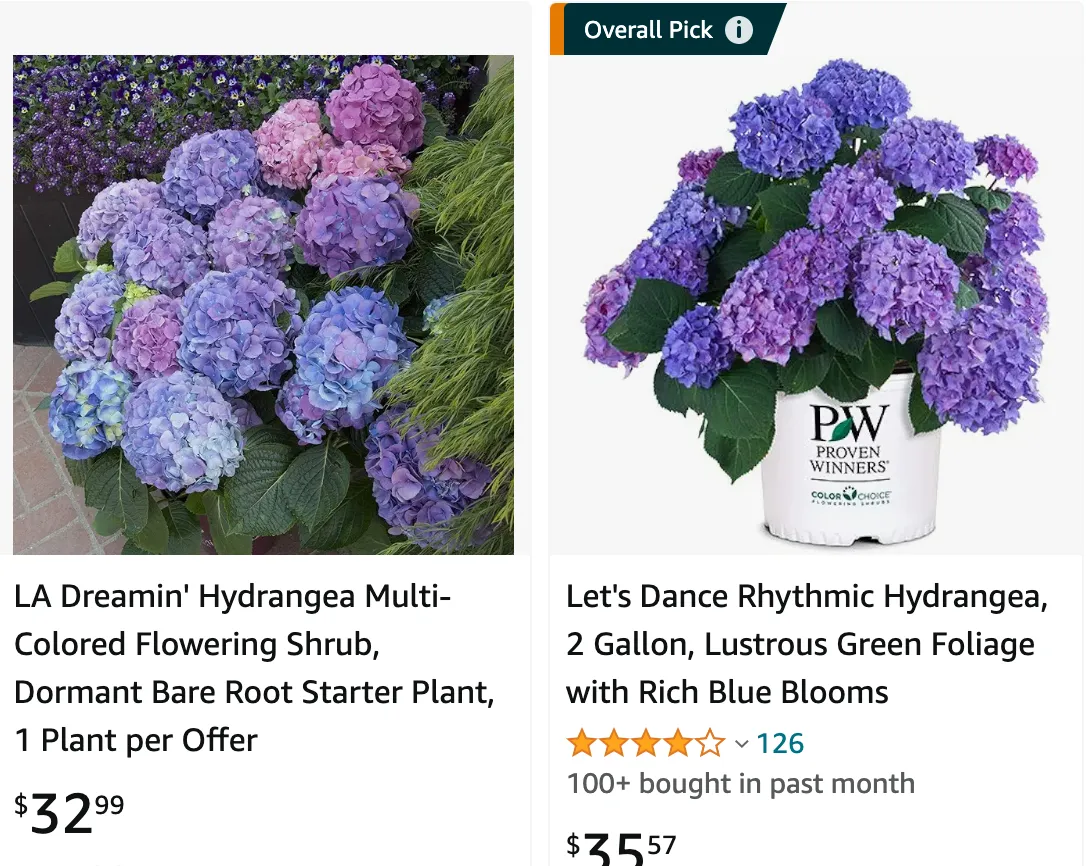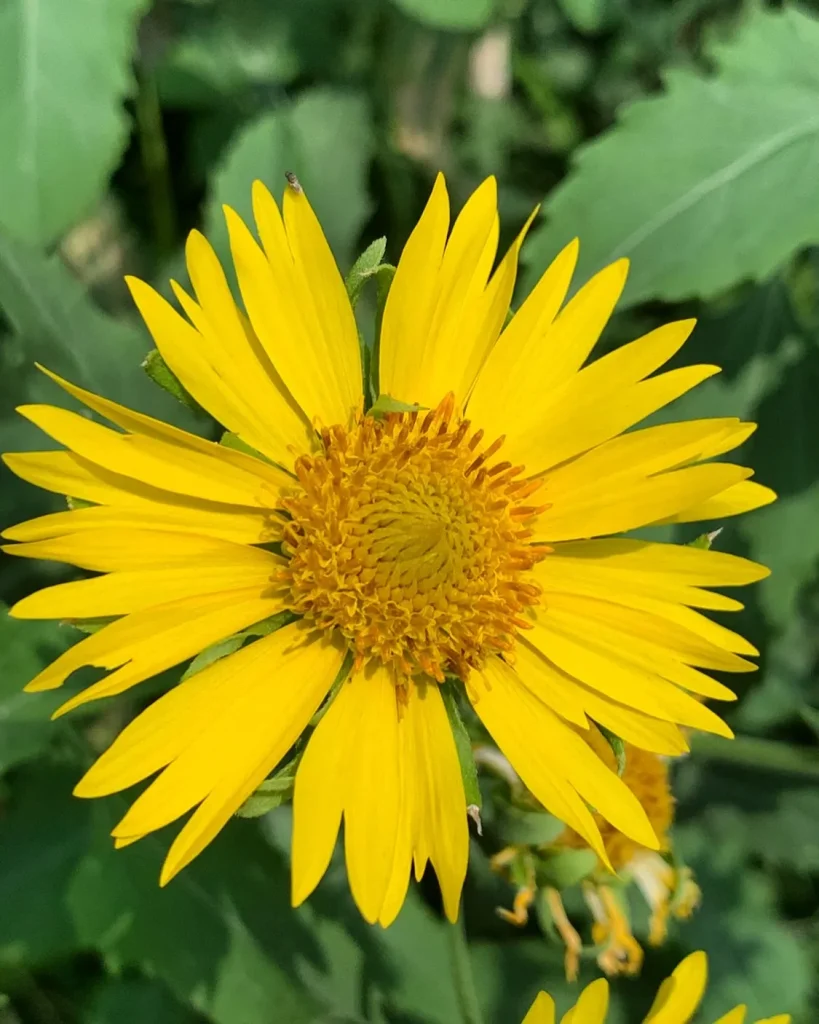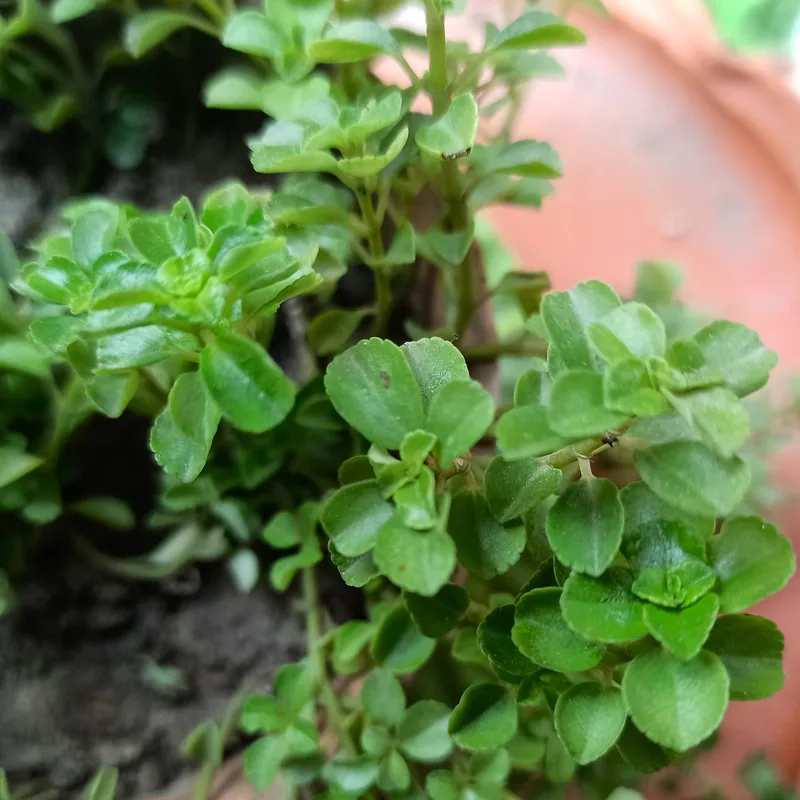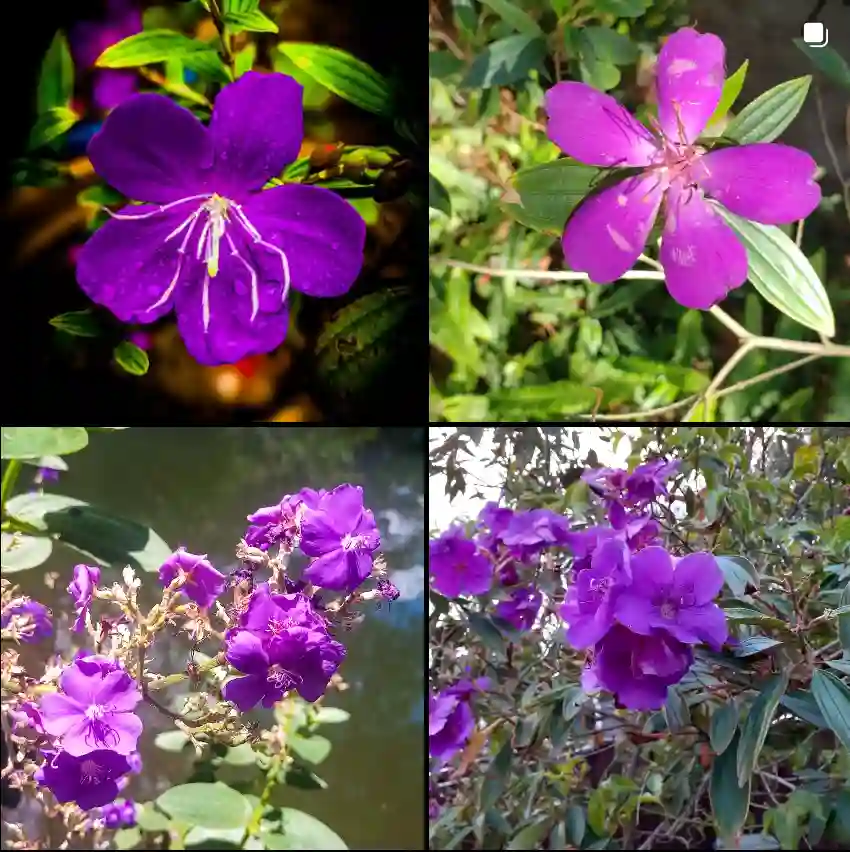
La Dreamin Hydrangea vs Endless Summer
I’ve grown both La Dreamin and Endless Summer Hydrangeas in my garden, and I find La Dreamin to be a standout for its vibrant, deep pink blooms that really pop in the landscape. Endless Summer, on the other hand, offers a more subtle, but equally charming range of colors, from blue to pink, and the repeat blooming throughout the summer is something I appreciate. I’ve noticed La Dreamin tends to have a more pronounced, bold presence, while Endless Summer provides a more continuous, gentle display of color.
100 Species in Genus Hydrangea
How to care for LA Dreamin Hydrangea?
Taking care of my LA Dreamin Hydrangea has been a rewarding experience. I’ve found that it thrives in partial shade with well-draining soil. Keeping the soil consistently moist, but not waterlogged, has been key. Mulching around the base helps retain moisture and keeps the roots cool during hot summer days. I also make sure to fertilize it with a balanced fertilizer in spring to promote healthy growth and vibrant blooms.
How to prune LA Dreamin Hydrangea?
Pruning my LA Dreamin Hydrangea has become a regular part of my gardening routine. I typically prune it in late winter or early spring before new growth emerges. Removing any dead or damaged branches helps maintain its shape and encourages new growth. I also trim back any overly long stems to promote bushiness and increase flower production. It’s important to prune with clean, sharp tools to prevent disease and ensure clean cuts.
Where to buy LA Dreamin Hydrangea?
Finding LA Dreamin Hydrangea plants for my garden has been relatively easy. I’ve discovered that many local nurseries and garden centers carry them, especially during the spring and early summer months when they’re in high demand. Additionally, I’ve had success finding them online from reputable plant retailers. When purchasing, I always look for healthy, well-established plants with strong stems and plenty of buds.
Do I need to deadhead LA Dreamin Hydrangea?
Deadheading my LA Dreamin Hydrangea has become a regular part of my garden maintenance routine. Removing spent flowers not only keeps the plant looking tidy but also encourages it to produce more blooms throughout the season. I simply snip off the faded flowers just below the spent bloom, being careful not to damage any emerging buds or new growth. Deadheading regularly has definitely helped prolong the blooming period and keeps my hydrangea looking its best.
Should you cut down LA Dreamin Hydrangea for winter?
Cutting down my LA Dreamin Hydrangea for winter is something I approach with caution. While some gardeners prefer to prune them back heavily in late fall to tidy up the garden, I’ve found that leaving the dried flower heads intact can provide some winter interest, especially when covered in frost or snow. I typically wait until early spring to prune mine back, just before new growth begins to emerge.
When to prune LA Dreamin Hydrangea?
Knowing when to prune my LA Dreamin Hydrangea has been a learning process. After some trial and error, I’ve found that pruning in late winter or early spring works best for my plant. This timing allows me to remove any dead or damaged branches before new growth starts, without risking cutting off any potential flower buds. Pruning at this time also helps shape the plant and encourages healthy growth throughout the growing season.
Where to plant LA Dreamin Hydrangea?
Choosing the right location to plant my LA Dreamin Hydrangea was crucial for its success. I’ve found that it prefers a spot with morning sun and afternoon shade, especially in hotter climates. Planting it in well-draining soil with plenty of organic matter has also been important for its overall health and vigor. Giving it enough space to spread out and grow without overcrowding neighboring plants has helped it thrive.
Why is my LA Dreamin Hydrangea not blooming?
Discovering why my LA Dreamin Hydrangea wasn’t blooming took some troubleshooting. After ruling out factors like inadequate sunlight and improper pruning, I realized that soil pH might be the culprit. Hydrangeas prefer slightly acidic soil, and if the pH is too high, it can affect their ability to take up nutrients necessary for blooming. Adding a soil acidifier or incorporating compost with pine needles helped lower the pH and encourage blooming in subsequent seasons.
If i die, water my plants!



